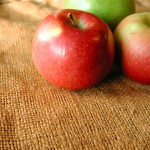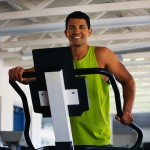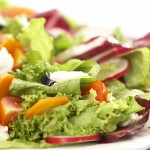 Can Exercise Make You Smarter? Securing Better Grades for Teenagers.
Can Exercise Make You Smarter? Securing Better Grades for Teenagers.
Researchers from a study conducted in Taiwan say the results do suggest that any form of exercise should be useful for maintaining and improving brain function. It does seem to make sense that exercise that helps the circulatory system become more efficient makes the brain stronger as well. However, it’s not just improved oxygen uptake and improved circulation that helps brain activity.
Exercise stimulates the receptors for movement throughout the whole body. This information gets relayed to the brain where it increases the frequency of firing of all parts of the brain. Movement helps the integration of the whole nervous system because we evolved to be creatures that are always on the go. This research is backed up by anecdotal evidence from regular exercisers who claim their activity has led to more energy, better sleep, increased attention and alertness and overall feelings of happiness and well-being all of which are directly related to the functioning of the brain.
Schools and teachers want the best for their pupils and for years this has led to a decrease in physical activity and an increase in time spent studying and reading books. This research suggests that to really get the best from young people we should be prioritizing activity. In other countries schools are changing the way they operate to include more, rather than less activity within the school day. The vast majority of private schools in the UK have followed suit and only the state sector seems left behind.
The NHS recommends that young people should be doing at least 60 minutes of physical activity every day and that they should be working at a strenuous level for at least 90 minutes every week. By bringing these activity sessions into the school day not only can we ensure they take place but we can also use them to increase brain activity at school and ensure pupils achieve the very best grades they are capable of.
Maggie Ayre is the UKs leading Fitness Coach for Teen Girls. As well as one-to-one and small group nutrition and fitness work with teens she has developed the 3G Program designed to be run at schools as part of the PE curriculum. She also offers mentoring for PE departments on how to re-engage teen girls with PE and has recently published her third book; “Nutrition for Exam Success – A Parent’s Guide” which is now available as a Kindle and paperback at Amazon.
 Subscribe
Subscribe







